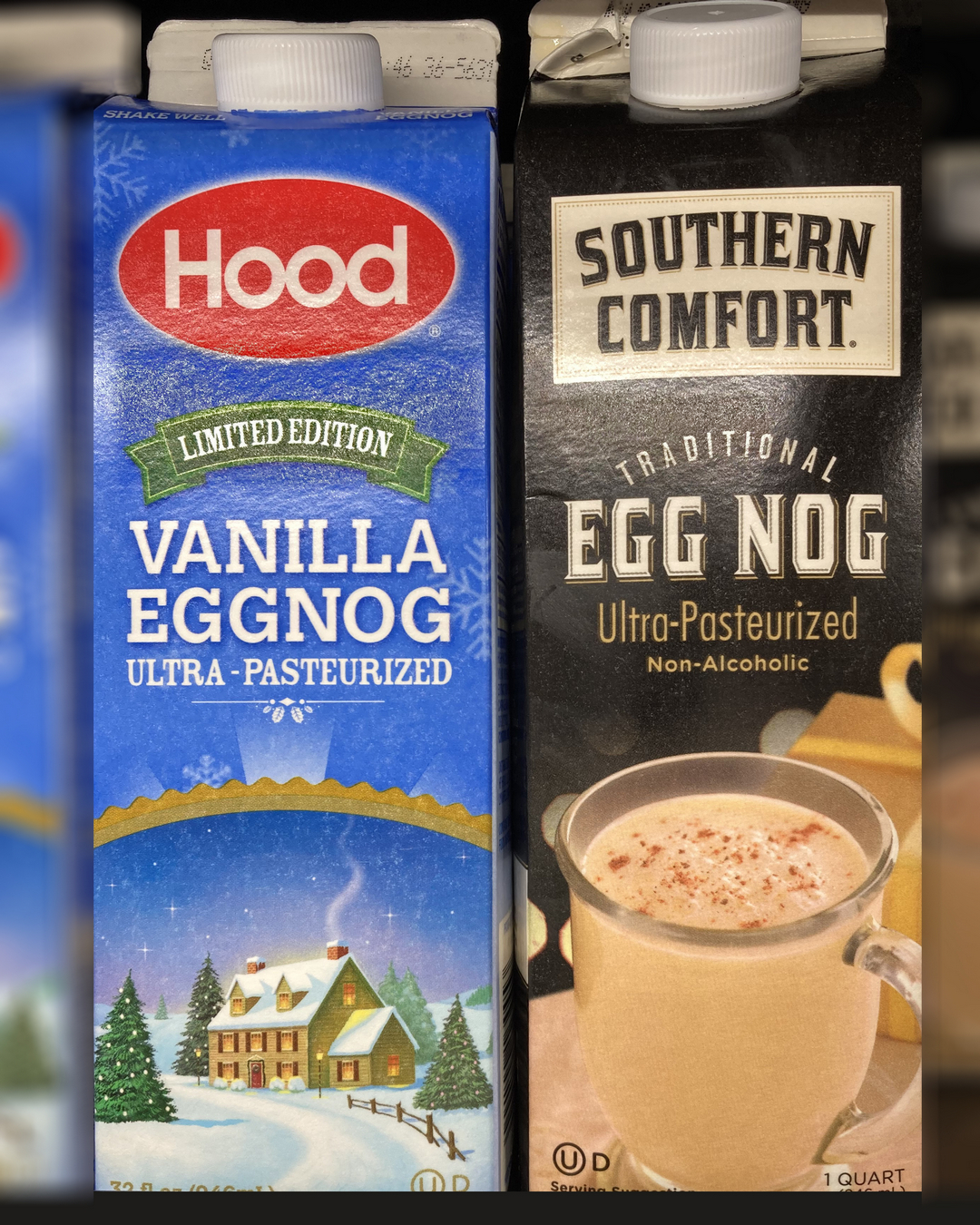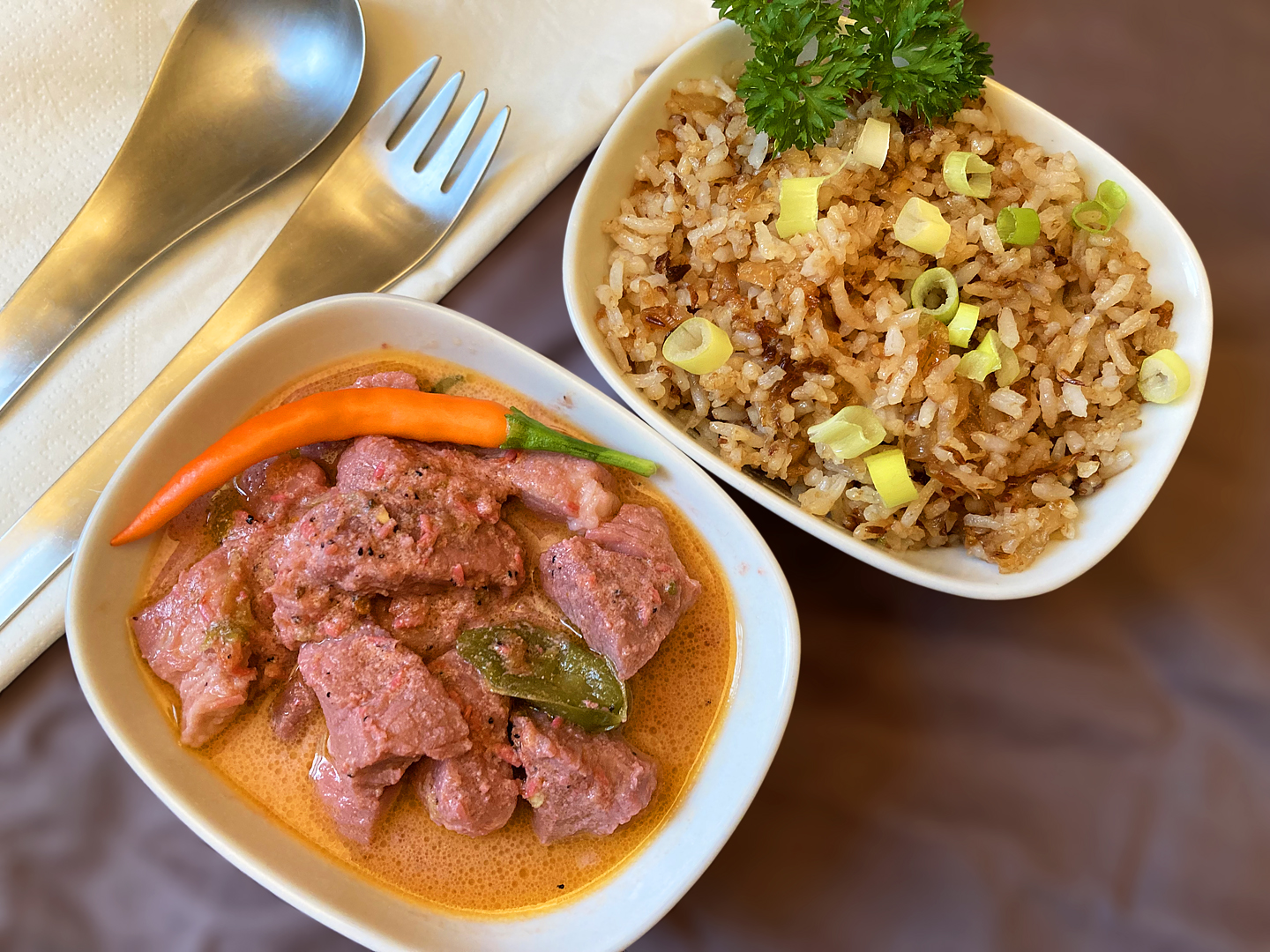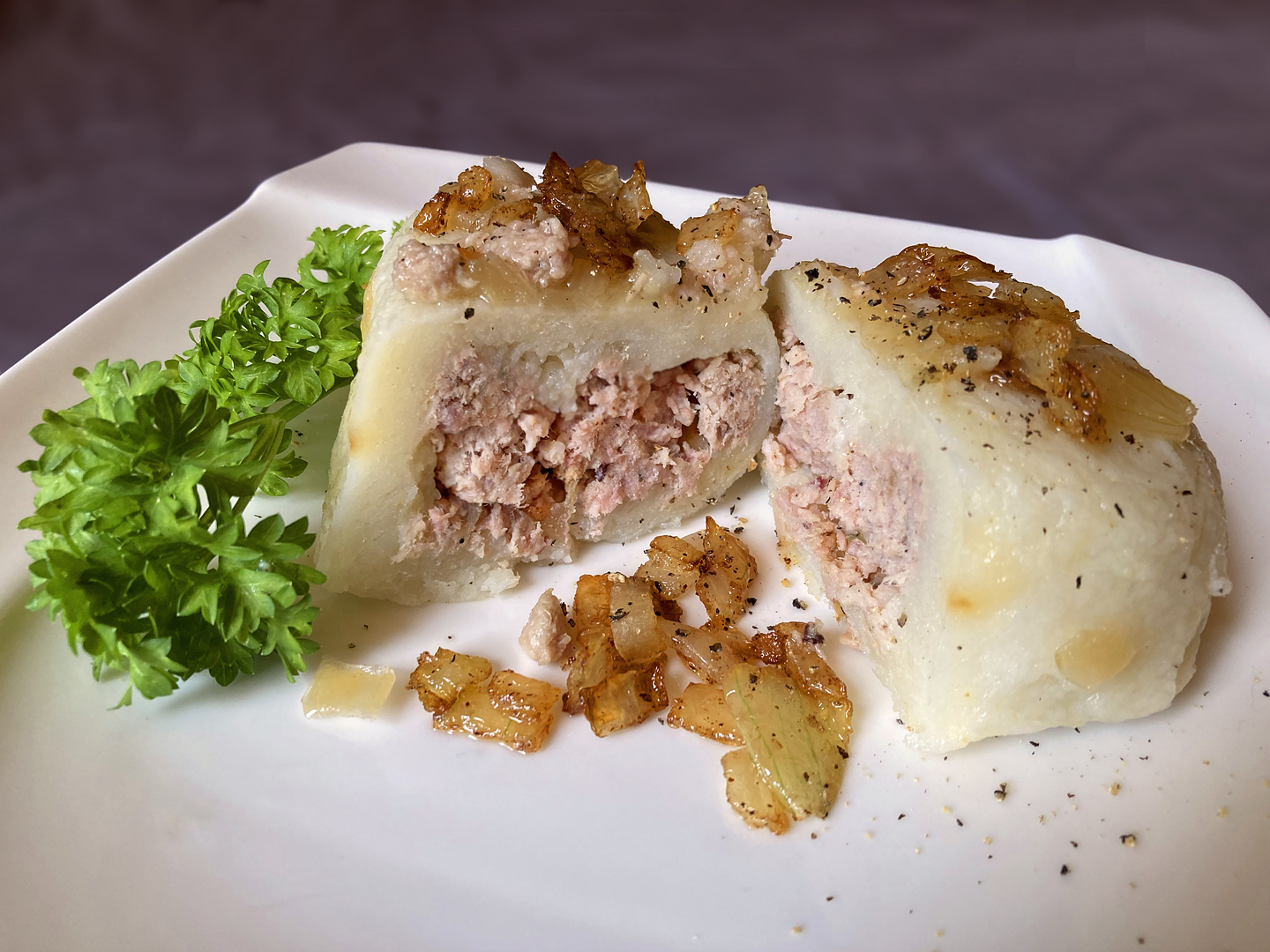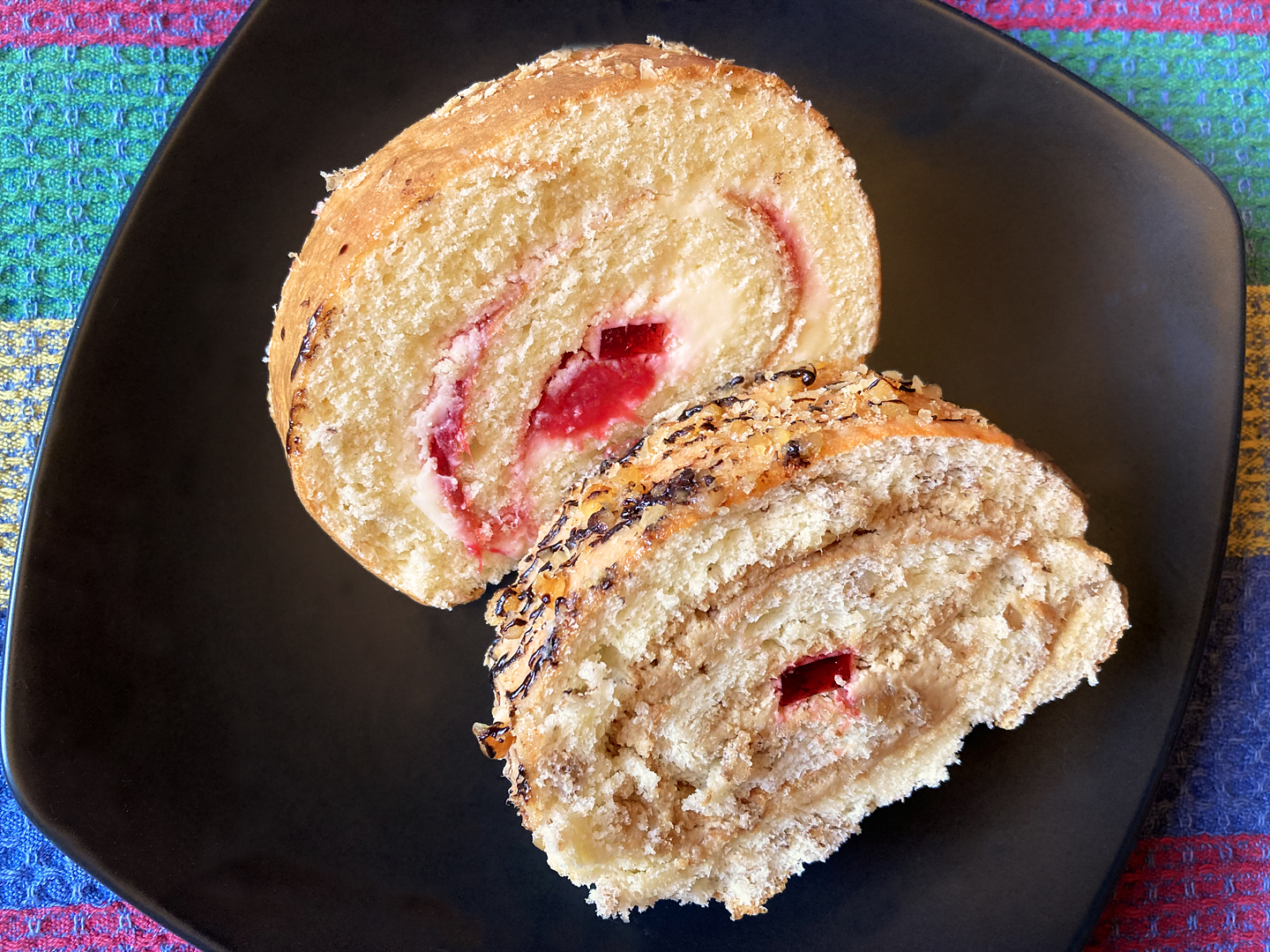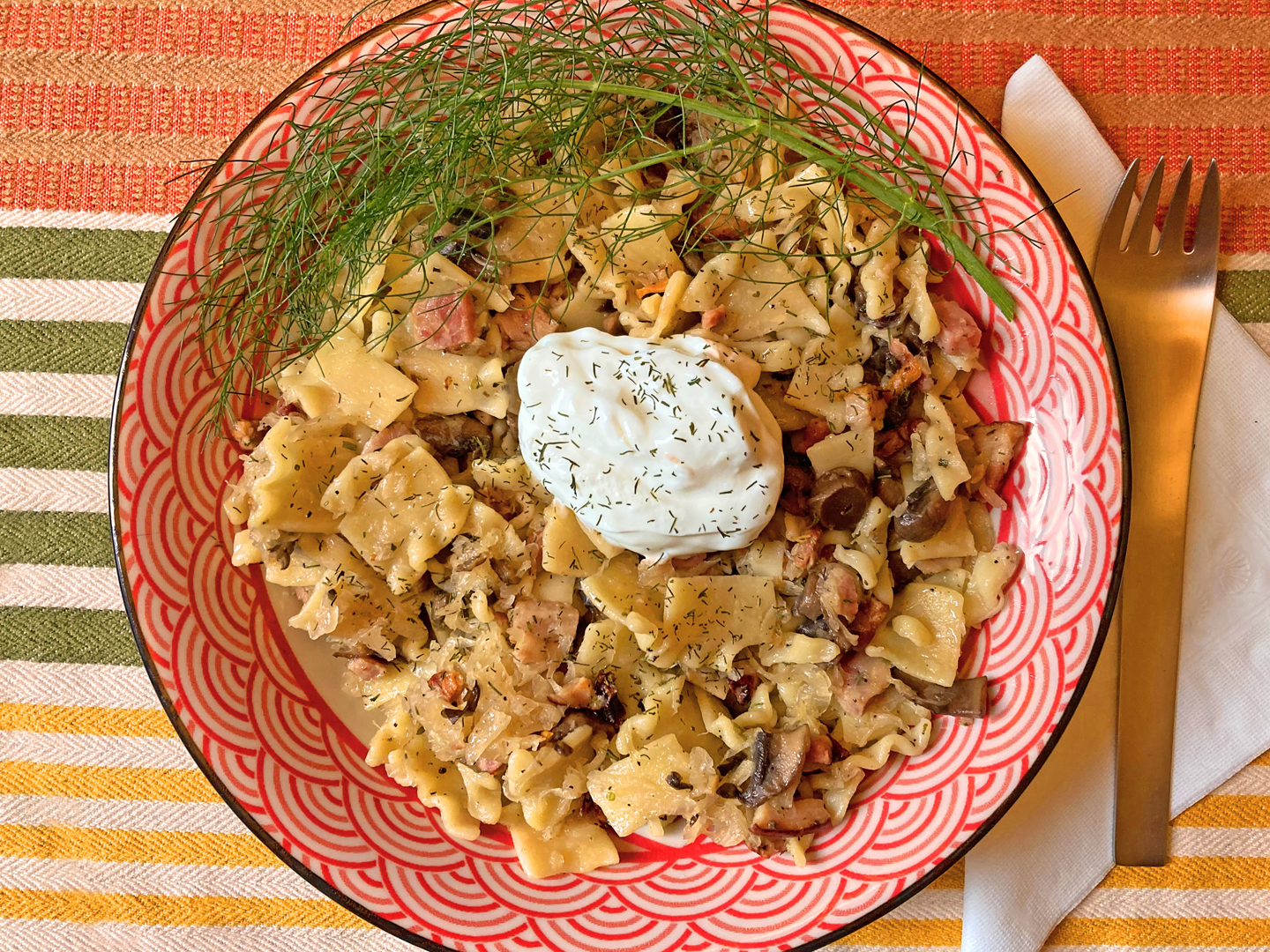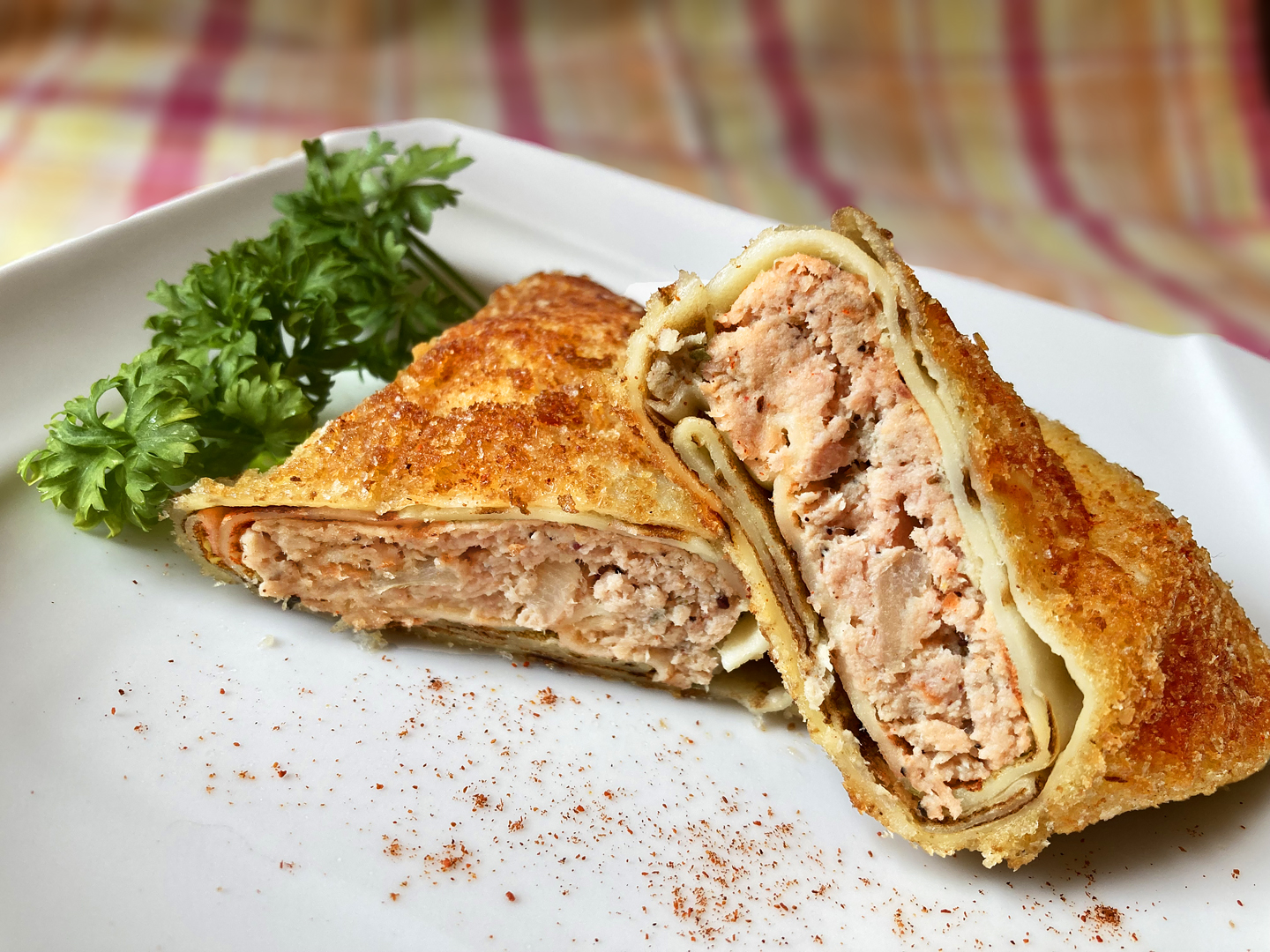(Click on any image to view it in high resolution.)


A visit to any Chinatown bakery this time of year will reveal a spectacular assemblage of mooncakes (月餅, yue bing) in a seemingly infinite variety of shapes, sizes, ornamentation, and fillings, all begging to be enjoyed in observance of the Mid-Autumn Festival, celebrated this year on September 29. Here are two pandan mooncakes, one with preserved egg yolk and a mini version without, from Chinatown’s Fay Da Bakery.
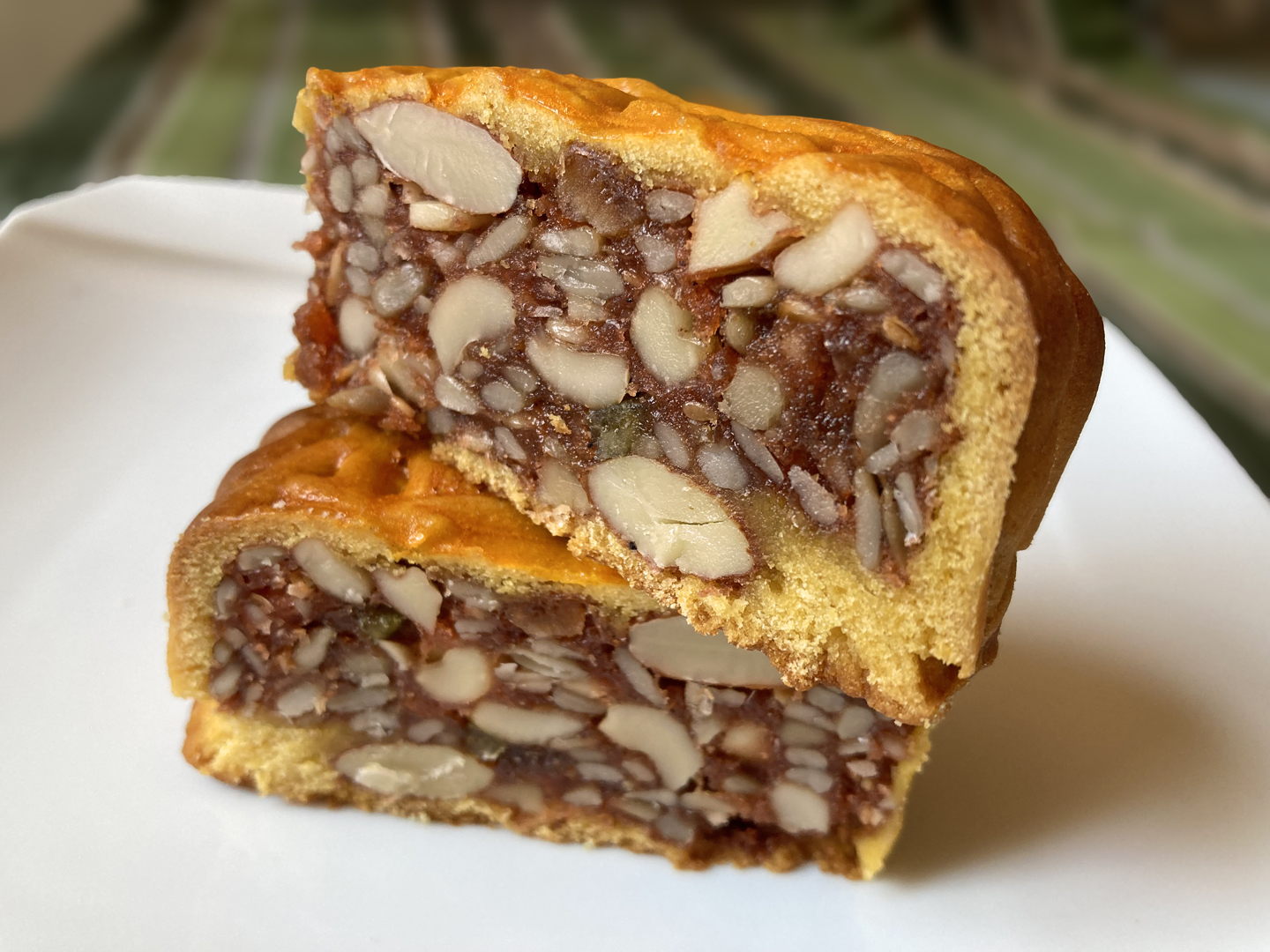
And here’s one of my favorites, Five Mix Nut Moon Cake, from Golden Fung Wong Bakery at 41 Mott St – one of the stops on my Manhattan Chinatown ethnojunket, of course!
Since 2023 is the Year of the Rabbit, known for his elegance among many other characteristics depending upon where you do your research, I decided to purchase an assortment of these elegant delicacies in order to share them, virtually, with you.
For a deep dive into the holiday and these delicious treats, you can get the skinny – er, poor choice of words there – in my Chinese Mooncakes Demystified page detailing their similarities and differences in an attempt to shed some light (moonlight, of course) on their intricacies.
中秋节快乐!

